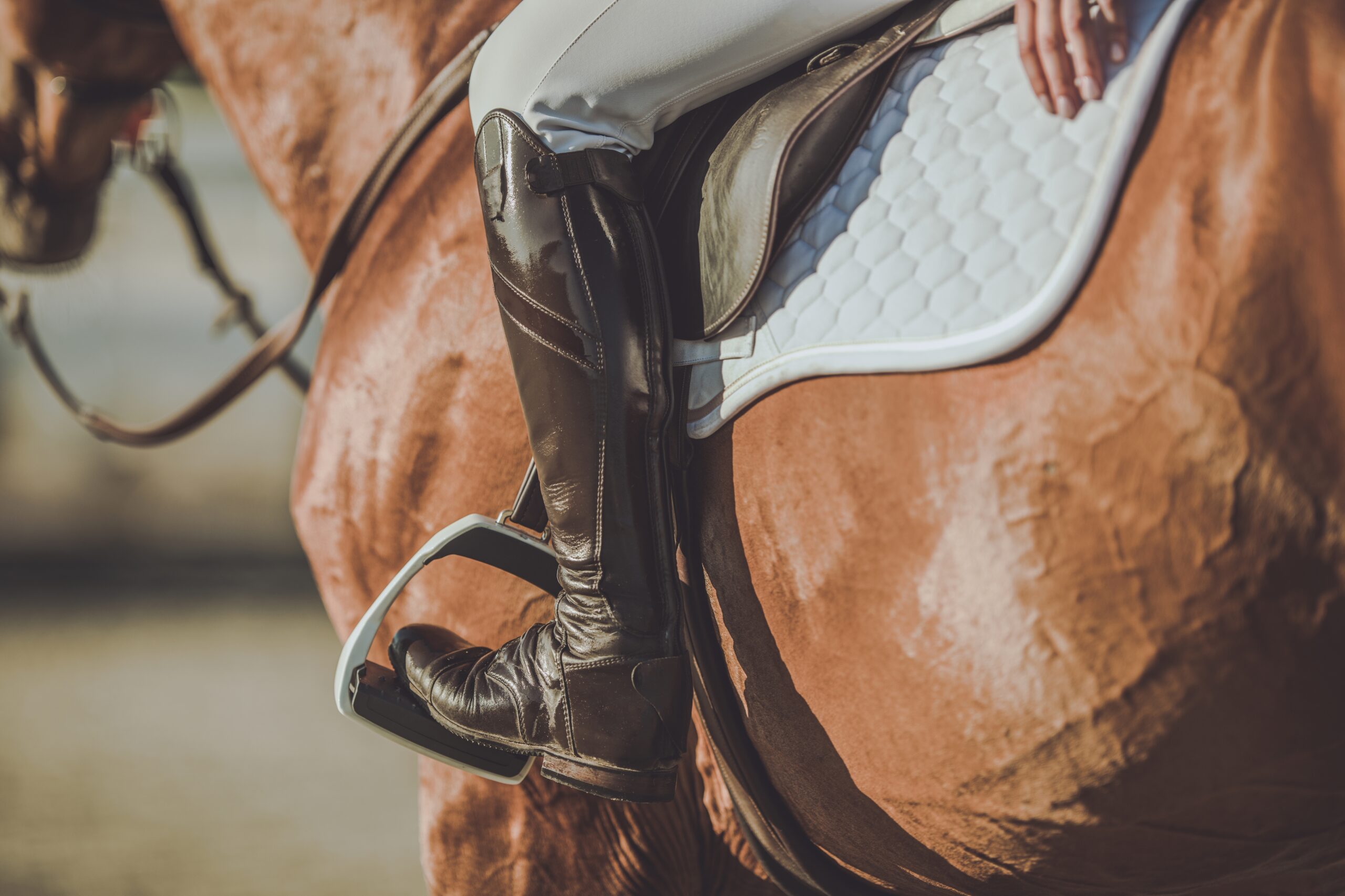We ask a lot of what is essentially a prey species (side-eyed creatures who are biologically predetermined not to trust front-eyed animals such as our human selves), and it really is incredible what they will do for us, if you think about it. So, what we can give them in return, is the utmost respect for their welfare, both in terms of how we look after them, as well as how we ride them; this is where rider weight comes into consideration.
Why does size matter?
One key concept here is something called ‘ground force’. This describes the impact that a horse (or any species, for that matter) sustains as its hooves hit the ground. This impact moves up, via the legs, to all the weightbearing elements within the musculoskeletal system. The greater the weight that an individual is carrying, the greater the force of impact. This exerts pressure as well as general wear and tear on joints and the muscular system. The negative effects of this can be both short and long term.
By the nature of where we sit as riders, there is a real danger of damage through overloading the spine as well. It is physics; place a heavy enough object in the centre of a long length of material (in this case the spinal column), and it will strain and bend. This is why an overly heavy rider can even cause a temporary curvature of the spine.
Anyone who tunes into their horse’s communications can see that they will try to ‘tell’ them that their rider is too heavy. Stiffness through the neck and the back, unwillingness to work, a shortened gait, tiring quickly, tripping, lameness, and increased respiration rate are some of the ways in which they might try to communicate this to you.
These symptoms may be transient, coming and going when a horse is/is not in work. However, it’s important that we pay attention to them because prolonged exposure to these physical stresses will do serious, permanent damage.
It is sometimes said that an experienced and well-balanced rider, with a ‘light seat’ can perhaps ‘get away’ with a smaller horse. It is true to say that being balanced in your riding makes for a more comfortable experience for the horse, but weight is weight, and for a horse to thrive, it is better to be the right fit.
How heavy is too heavy?
There is one rule that most equestrians will have heard of; the 20% rule. It suggests that a rider must be no heavier than 20% of the horse’s bodyweight. Therefore, a 500kg horse should not be asked to carry more than 100kg in weight. It’s a good start, but it doesn’t quite cut it.
One must also consider the weight of tack and other equipment too, and add these things into the calculation. It is also sensible to assess a horse’s body condition, since overweight horses might already be carrying tens of kilograms in excess body fat, again, this all counts. Also consider height; the ‘centre of mass’ of a tall rider (and especially one who isn’t terribly well balanced) may be all out of kilter with the horse. A significant, pendulous effect may result, which will unbalance the horse from above. In turn, many muscle groups will be strained as the horse attempts to steady themselves as well as their rider.
Another important consideration is injury; injuries, both old and current, will affect a horse’s ability to carry weight well. Finally, the exercise we ask our horses to carry out is important, in terms of type, duration and intensity.
Other telltale signs
One good, if not scientific, indicator of whether a horse is the right size for you, is whether or not you feel comfortable on them. The right ‘fit’ can be as simple as a gut feeling about how your leg is taken up (the width of the horse), whether you feel top-heavy/too long, or ineffective on a horse (the horse’s height) and whether the horse feels as if they’re thriving with you as a rider.
It is important to remember that all of this is just a guide; in order to ensure the comfort and welfare of a horse, it is better to view the 20% rule as an upper limit, and aim for less, because after all, there is no greater feeling than enjoying a horse who is fit, well, and game for the ride ahead.









